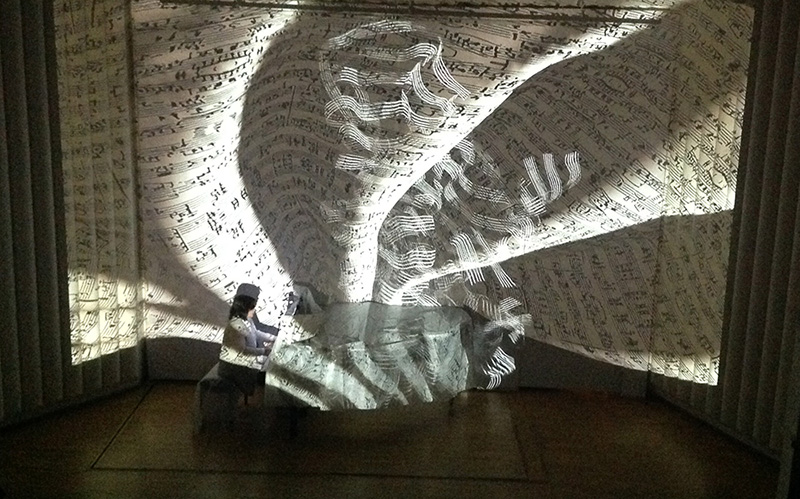
FO_NO_graph
a series of piano concerts with projection scenography,
Classical music in a new visual context is probably capable of being no less relevant than modern works.
MULT-i-THEATER - “the theater of a multimedia artist” - combines music and projection scenography in the author's anthology of sound and image connections, illustrating borderline situations in the history of culture.
Familiar music in a modern virtual context is a new video artist's view on historically significant works.
video:
O_Kumeger (projection set design),
M.Dubov, Mona Hub (piano)
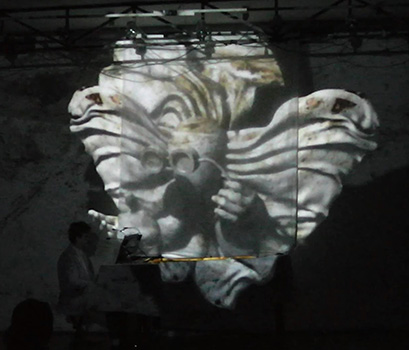 //
//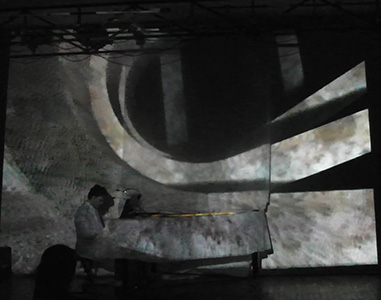
Schoenberg >>>>>> <<< /// kandin_sky \\\\ >>>
Compositions Kandinsky - ready-made scenarios for abstract animation. And if you consider how the music of Schoenberg influenced the artist, then the "symbiosis" is logical.
It seems that Schönberg wrote musical compositions as rebuses for solving a series, (it was possible to look at the explanation in the notes, and this seemed to call the listeners to be more attentive to the musical notation)
Kandinsky at the time works with basic elements of painting, geometry as with meaningful signs / symbols, trying to create a language akin to a musical notation ...
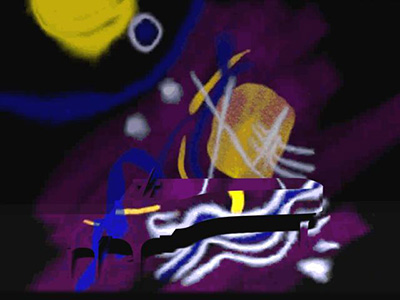
 //
//
Eric Satie <<<<<<< >>>>>>>> Giorgio de Chirico
Virtual puppet theater based on “metaphysical painting”))
Satie's music is often illustrated with paintings by de Chirico and other masters of "pictorial metaphysics." They worked in a variety of styles and most of the works are things with open source, dream stories.
But the point is not to make another illustration, it’s rather a matter of trying to create a continuation of these stories, to make them voluminous, animated.
And also to recall the attempts to free the performative arts from literary-centrism, narrative, which allows to concentrate all attention on the gesture, texture, movement. The history of awareness of this process lasts more than a hundred years, but it cannot end until the artists “analyze the composition” of the performing arts or “meditate” on this topic.
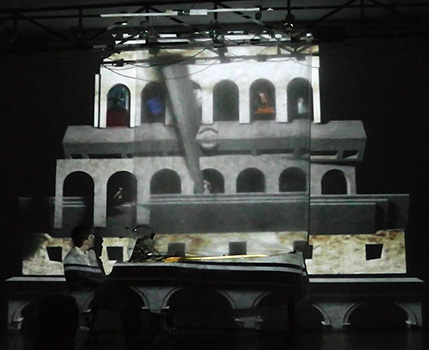
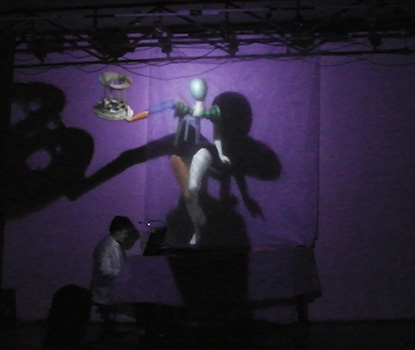
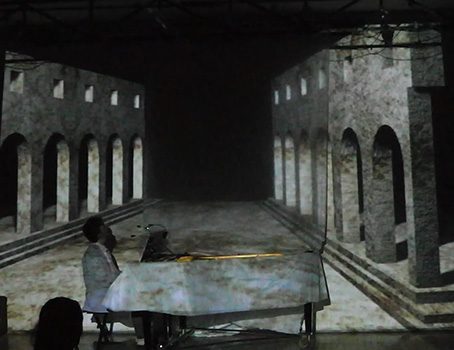
Scriabin .............. "symbol_ism"
... in music, Scriabin was a vivid representative of the border time / style (symbolism)
It is interesting to listen and draw parallels. Here, in early compositions, quite an anthropomorphic dance, in later opuses, at some point, something seemed to begin to limp, fuss, crack, crumble, and not quite the figures move there, but as if fragments curl around)) ...
Scriabin Five Preludes, op.16
Scriabin's Poem To Flame
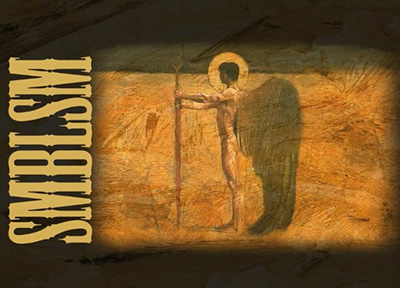
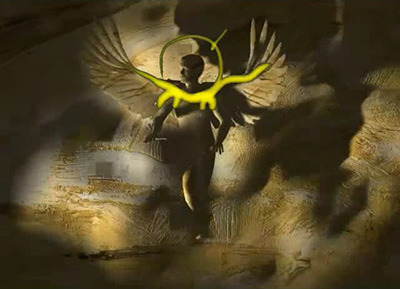 //
//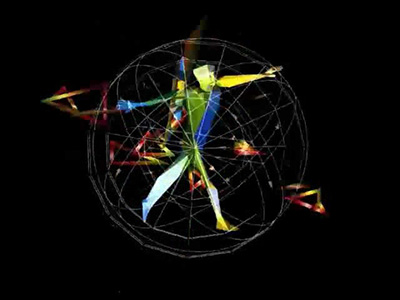
Impression_ism ...>>>>>... Debussy Ravel
Impressionism is of course a lot of things (time has made this direction “museum”), but perhaps first of all it is still PRACTICE, consisting of experiments with perception, media and means of image influencing our perception, ...
In this sense, virtual theater is also primarily built on perceptual practice ... maybe this is some kind of new practice, because the means of expression are not similar to anything that came before them and although they can imitate different styles, their uniqueness is not only this flexibility and multiplicity, but first and foremost in the possibilities of synchronization with live music and the volumetric sensation from the projection, built taking into account the shape of the scene and the objects and musicians located on it ...
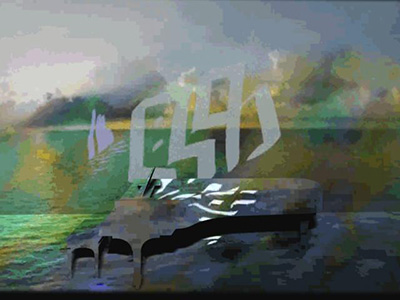
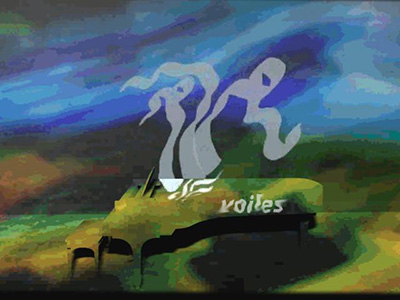 //
//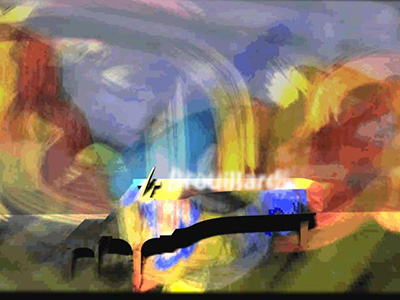
About birds
Olivier Messiaen "Catalog of birds"
P.I. Tchaikovsky "Seasons"
Louis Claude Daken "The Cuckoo"
Jean-Philippe Rameau "Chicken"
Francois Couperin "Nightingale in Love"
A multimedia concert-performance with projection scenography, where the compositions of composers based on melodies of bird singing or imitating the voices of birds sound.
One of the many examples of how the sounds of the real world are transformed in our imagination using classical instruments
In the many texts devoted to these works there is an idea that composers do not seek to imitate birds, but, using their optics, construct a musical picture with the help of timbres, texture, dynamics, ...
But how does the perception of the artist differ from the perception of, for example, an ornithologist?
The ornithologist explains the behavior of birds in biology and other scientific theories, and the composer hears / sees how nature itself participates in the polishing of the uniqueness of these slender sound structures. Isn't it an amazing phenomenon similar to the appearance of poetic lines on paper, because spilled ink cannot form iambus or choir, as the chaos of sounds cannot suddenly become a song))
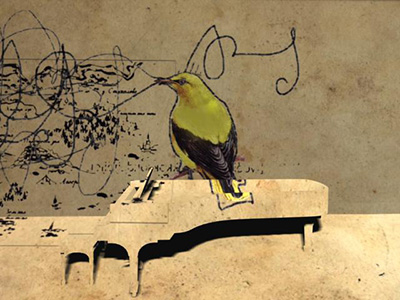
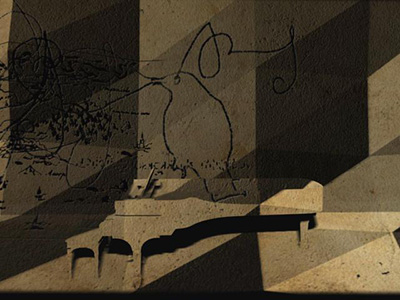 //
//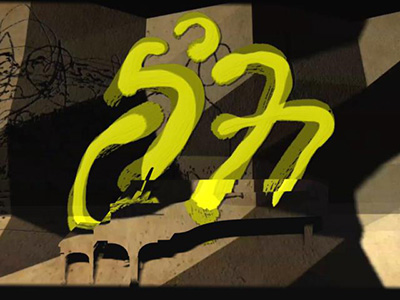
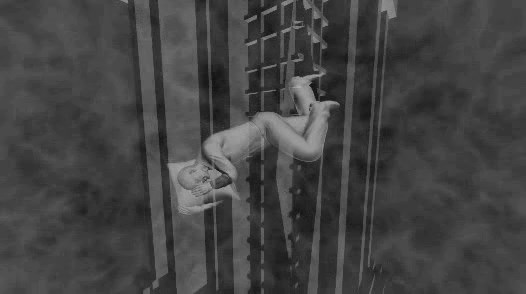
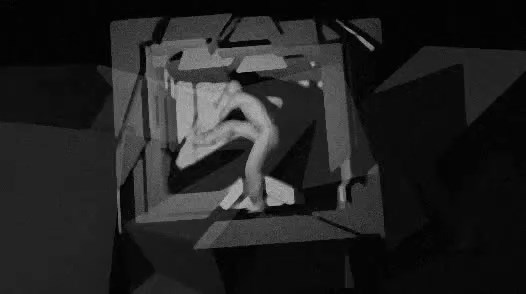
Cage "4 Walls"
It seems that the key to the composer’s name is laid down here..
Cage - (cell, crate, prison, drawer, ...)
There is a rather ancient metaphor of human existence as imprisonment / in a confined, confined space - a person lives in the basement of a huge house, but is not able to get out of the 4 basement walls.
Escape from this prison is the key task of a person who dreams of becoming the owner of a huge house with many rooms, which is the unity of consciousness, psyche and physical abilities.
But destroying one wall - immediately you find yourself in front of another ...
One of Cage's memoirs of that time - Schoenberg announced to Cage that he could not become a composer, because he was unable to feel harmony, and without that he would simply face down a wall. To which he replied: "Then I will fight my whole life in this wall with my head" ...
“..I am a composer for drums, no matter if I write for drums or not. This means that my compositions are structurally based not on frequency, but on the category of duration. ”
“4 Walls” - Music for a dance drama: choreography by Merce Cunningham, New York 1944 for piano (as a percussion instrument))) and voice
and may be the theme of the composition - breaking walls, going beyond
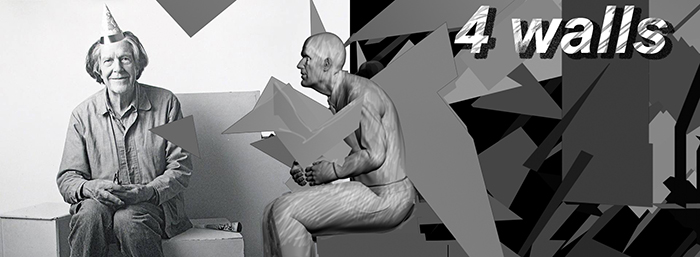
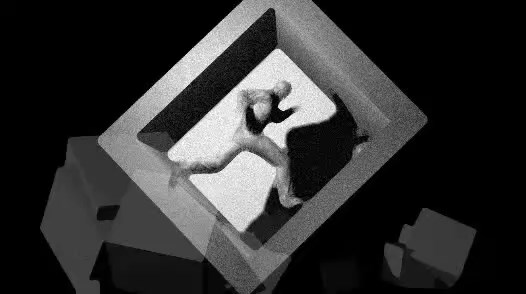 //
//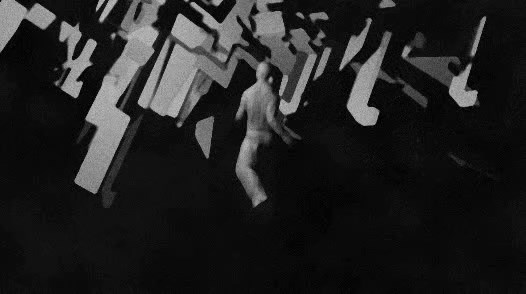
in progress
Стравинский >>> граница символизма и супрематизма